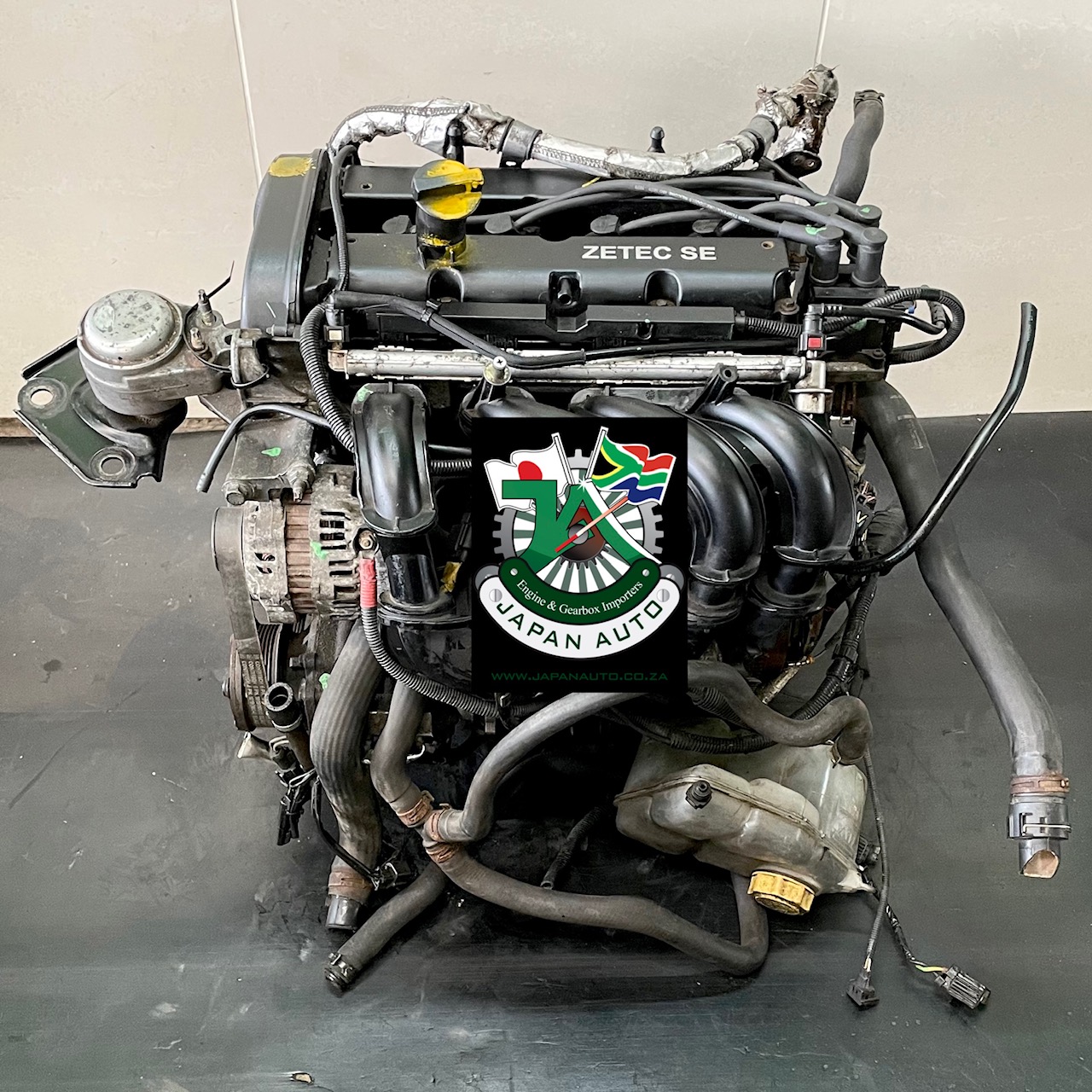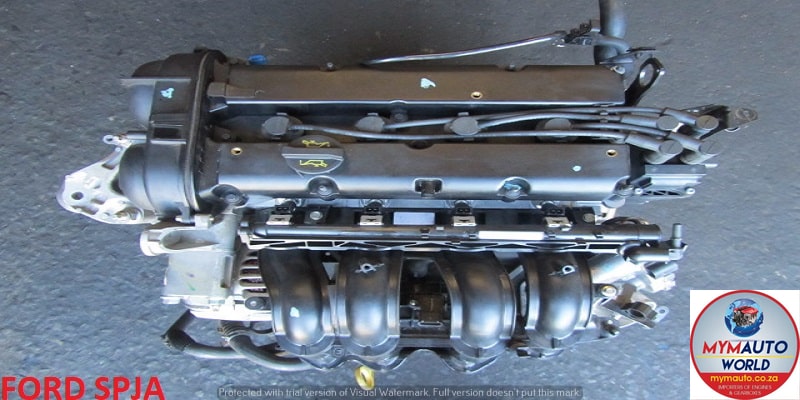How to Maintain Your Ford Fiesta Engine for Long-Term Performance
Discovering the Development of Engines: From Traditional Styles to Modern Marvels
The evolution of engine technology stands for a significant narrative in the background of advancement, marked by pivotal advancements that have actually consistently redefined transport and industry. From the first heavy steam engines that powered the Industrial Revolution to the emergence of inner burning engines that transformed movement, each phase has actually added to higher efficiency and capacity. Currently, the change to electric power signifies not just a technological shift yet likewise a broader dedication to environmental sustainability. As we check out these landmarks, one should take into consideration how the future of engine style might unravel, testing our assumptions of power and efficiency.
The Birth of Engine Innovation
The arrival of engine technology noted an essential minute in human technology, transforming power conversion and transport. The earliest engines arised from the demand to harness mechanical power for sensible usage, leading to the growth of devices that converted different energy forms right into activity (ford fiesta engine).
The advancement of the interior combustion engine and the creation of the heavy steam engine catalyzed a profound shift in industrial capacities. These engines not just enhanced efficiency however likewise expanded the scope of human movement, enabling unmatched transportation possibilities. The early prototypes prepared for the mechanized world, assisting in the rise of sectors and reshaping societal frameworks.
As engine styles developed, they incorporated ingenious materials and advanced design concepts, paving the way for modern-day growths - ford fiesta engine. The birth of engine modern technology stired up a relentless search of effectiveness and power, setting the phase for the vibrant development of transport and industrial equipment that would certainly adhere to
Steam Engines and Their Influence

The vapor engine's effect was particularly evident in the transport market (ford fiesta engine). Steam-powered engines assisted in the rapid activity of goods and individuals throughout vast ranges, efficiently shrinking the geographical obstacles that had previously hindered profession and communication. Steamships changed marine travel, permitting for quicker and extra reliable crossings of rivers and oceans.
In industry, steam engines powered manufacturing facilities, making it possible for mass production and the increase of city centers as centers of economic activity. This shift not just changed labor characteristics yet also added to the development of a consumer-driven culture. In addition, steam innovation promoted technologies in engineering and manufacturing processes, preparing for future improvements in engine design. The tradition of heavy steam engines is extensive, reflecting a critical moment in human ingenuity and the ruthless search of progress.
The Rise of Internal Burning
Regularly eclipsing heavy steam power, the rise of internal burning engines marked a transformative change in transport and market during the late 19th and early 20th centuries. The development of these engines, identified by their capacity to melt fuel within the engine itself, allowed basics greater efficiency and power contrasted to standard heavy steam engines. Pioneering inventors such as Nikolaus Otto and Rudolf Diesel played vital functions in refining engine designs, resulting in widespread fostering in automobiles, boats, and commercial equipment.
The interior burning engine's portable dimension and fairly lightweight nature helped with the emergence of personal vehicles, transforming individual mobility and improving metropolitan landscapes. By allowing faster travel and the efficient transportation of products, these engines catalyzed financial development and promoted globalization. The flexibility of gas alternatives, including fuel and diesel, further boosted their charm, allowing for varied applications throughout different sectors.
In spite of the ecological worries that would certainly later develop, the initial appeal of inner combustion innovation stocked its transformative possibility. As culture embraced this innovation, the structure was laid for modern transportation systems, developing inner combustion engines as a foundation of commercial development and life throughout the 20th century.
Improvements in Engine Performance
As internal combustion engines came to be integral to transportation and market, the emphasis shifted in the direction of enhancing their performance to satisfy growing needs for efficiency and sustainability. Advancements in engine design, product science, and modern technology have actually dramatically added to this development.
One significant advancement is the growth of turbocharging, which permits for boosted air consumption, resulting in more full fuel burning and boosted power outcome without expanding engine size. Furthermore, variable valve timing systems have been implemented to maximize engine performance throughout different RPM varieties, thus enhancing gas effectiveness.
The use of advanced gas injection technologies, such as direct shot, has likewise played a vital function. This technique allows for more accurate control over the fuel-air combination, advertising far better combustion and lowering exhausts. Lightweight products, including light weight aluminum and composite elements, have actually been embraced to reduce total engine weight, leading to improved see post efficiency.
These advancements mirror a wider trend within the automotive sector, where the synergy between design advancement and environmental factors to consider drives the continuous mission for higher efficiency in inner combustion engines. Therefore, modern engines are currently more powerful, cleaner, and efficient than in the past, leading the means for an extra lasting future in transport.
The Change to Electric Power
With growing worries over environmental influence and fossil gas dependence, the automobile industry is experiencing a considerable shift towards electric power. This change is driven by a mix of technical innovations, regulative stress, and transforming customer choices. Electric vehicles (EVs) supply an engaging choice to standard inner combustion engines, flaunting reduced greenhouse gas discharges and lower operating expense.
The increase of battery technology has actually been a video game changer, with lithium-ion batteries becoming extra cost-efficient and efficient. Boosted energy thickness and faster charging capabilities have made EVs more sensible for everyday usage. Furthermore, governments worldwide are applying rewards and setting ambitious targets for phasing out nonrenewable fuel source vehicles, consequently accelerating the adoption of electrical power.
Significant automakers are investing heavily in research study and advancement, resulting in the intro of a diverse range of electrical models. This includes not only auto however additionally industrial cars and public transport remedies. As billing framework expands and battery modern technology continues to improve, the change to electrical power is poised to improve the auto landscape, promoting sustainability and technology in the years ahead. The future of transport is electric, and the energy is undeniable.
Conclusion
The evolution of engine innovation represents a substantial trajectory of technology that has exceptionally affected transportation and industry. From the foundational heavy steam engines to the transformative inner combustion engines, each advancement has actually contributed to improved mobility and economic development.
